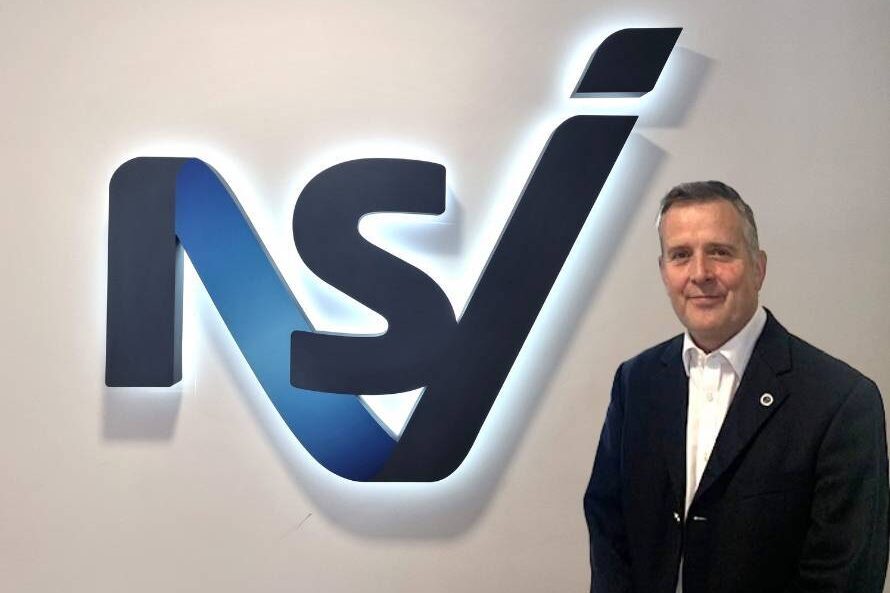
QUESTION: Our IT department supports a virtualized server environment. Can March Networks Command operate on a virtual server?
ANSWER: Many companies have chosen to virtualize their server infrastructure to realize substantial cost savings, while also improving reliability and support. As video surveillance becomes IT centric, these end users will be happy to know that March Networks® supports virtualization.
Virtualization breaks the normal one operating system per physical server association by allowing multiple, and even different, operating systems to operate simultaneously on one server. Major virtualization products include vSphere ESXi by VMware and Hyper-V by Microsoft.
A great deal of energy, space and capital is wasted on underutilized servers. For example, a virtualization conversion by EDS increased CPU utilization from 10 per cent to 40 per cent and allowed up to a 25:1 server consolidation. Organizations can reduce hardware and operating costs by up to 50 per cent, saving around $3,000/year for every virtualized server.
Virtualization also reduces labor support costs with less hardware and consistent support tools across all hardware and operating systems. Virtualization offers substantial business continuity and disaster recovery benefits over single servers. Enterprise class virtualization platforms can hot swap running operating systems and applications between physical servers for capacity management and scheduled downtime. In the event of a server failure, the failed applications can be automatically restarted on another physical server without human intervention. Businesses usually maintain physically separate data centers with redundant storage, hardware and high speed WAN connections, so all applications of a failed data center can be automatically shifted to a backup center with minimal downtime and data loss.
Command™ Professional and Command Enterprise can both be virtualized in cooperation with your IT department by following these steps:
1) Provide your IT department with the following information:
• CPU requirements
• Memory
• Operating System
• Storage (volume and average data rates for video storage, volume for OS)
• Network interface(s)
• Network services (network time server, active directory, etc.)
2) A March Networks certified technician establishes a remote desktop session with the VM and copies the Command applications to the VM. The Command application is then installed using the same process as on a physical server. Command Enterprise must be installed on a VM without Command Recording Server. Because Command Professional requires a hardware license, a third party application such as Anywhere USB is required to map the license key to a specific VM.
3) Once the VM is fully operational, the resource requirements can be benchmarked and unneeded resources (excess memory or CPU) can be de-allocated for future use by other VMs.
4) A Command Enterprise VM can be repetitively deployed to numerous servers at distributed locations by the VM administrator. The entire OS and Command application will be identically deployed, though the VM administrator will assign the VM distinct storage space and IP addresses. Once operational, each VM will have unique storage drives for the Command configuration database and video.
5) More advanced VM platforms support High Availability (HA) by enabling fault tolerance monitoring, which will automatically shift operation to another server in the event of a VM failure. This can be especially useful in mission critical environments such as airports. Because all video and Command configuration is stored on a separate fault tolerant storage device, video and configuration data isn’t lost during the failure.
Virtualization requires advanced IT skills to deploy, and is generally cost-effective only in existing VMware environments. Within those constraints, many customers will benefit from the lower CapEx and OpEx costs, ease of deployment, and reliability.
Contact
www.marchnetworks.com









